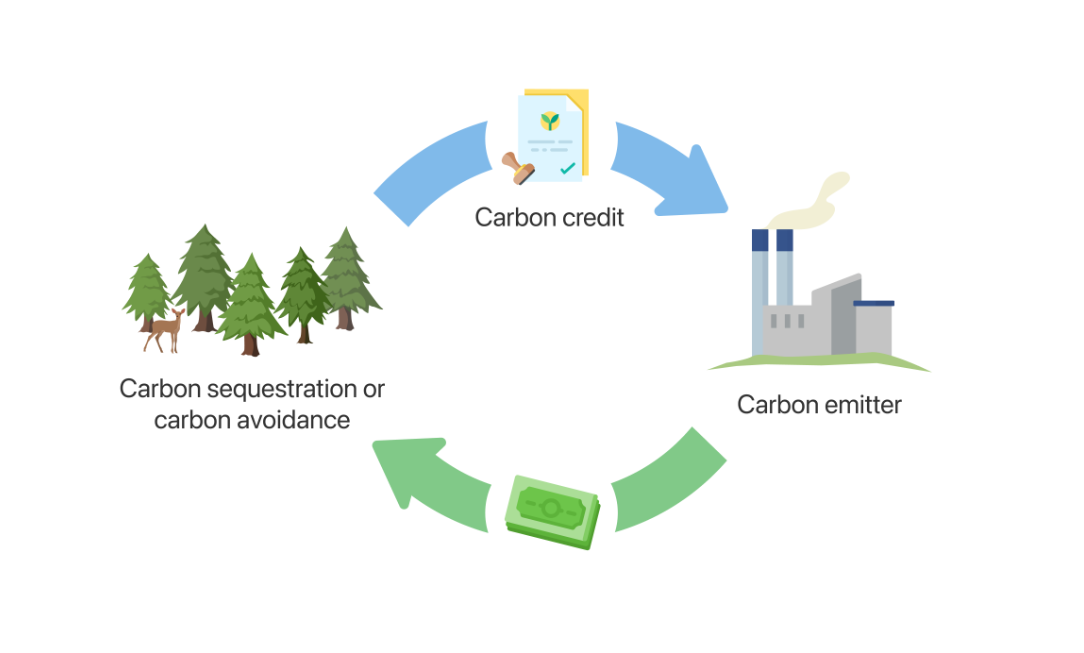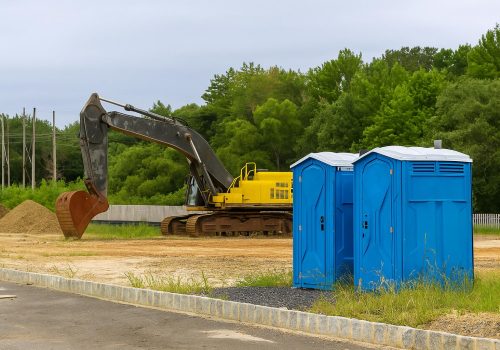Carbon Offsets: 4 Myths That Businesses Should Know About
With the current discussion surrounding climate change, carbon offsets have become a popular way for businesses to minimize environmental impacts. These practices do more than mitigate the influence of their operations on the environment. They also help improve their reputation among informed audiences.
However, there are a number of myths about ecological offsets that can lead businesses to misunderstand the true benefits of these programs. Let’s explore some of the most common myths and provide information to help businesses make informed decisions about their use.
Myth 1: They Help “Buy Your Way Out” Of Reducing Emissions
Offsets are a way for businesses to invest in projects that will reduce or remove carbon emissions. That should be on top of the steps to reduce endemic emissions. Offset projects can include things like investing in renewable energy, planting trees, or implementing energy efficiency measures. However, these are meant to be separate from measures like limiting non-renewable energy consumption.

Myth 2: They Are Hard To Verify
There are a number of voluntary offset verification programs, such as the Verified Carbon Standard, or VCS, and the Gold Standard. They ensure that carbon offset projects are real, additional, and permanent. These verification programs ensure that carbon offset projects are unduplicated and provide substantial reductions in greenhouse gas emissions.
Myth 3: Offsets Are Expensive
Many businesses believe that environmental offsets are expensive. However, the cost of offset projects can be a fraction of the cost of reducing emissions within the business. Carbon offset projects can also bring additional benefits such as rural development, wildlife preservation, and more. Additionally, many companies offering offset services allow businesses to purchase carbon credits in smaller blocks. This makes it more affordable for small and medium-sized businesses.
Myth 4: Offset Projects Are Not Local
Carbon offset projects can be local and have direct benefits for the communities where they are located. For example, a business can offset its emissions by investing in a renewable energy project in the same location. This reduces the business’s carbon footprint whilst creating jobs and improving the local economy.
In conclusion
Carbon offsets can be a valuable tool for businesses to reduce the impact of their operations on the environment. By understanding the facts about carbon offsets, businesses can make informed decisions and form better goals. This enhances each step to reduce their emissions and invest in projects that will benefit the environment and communities.





